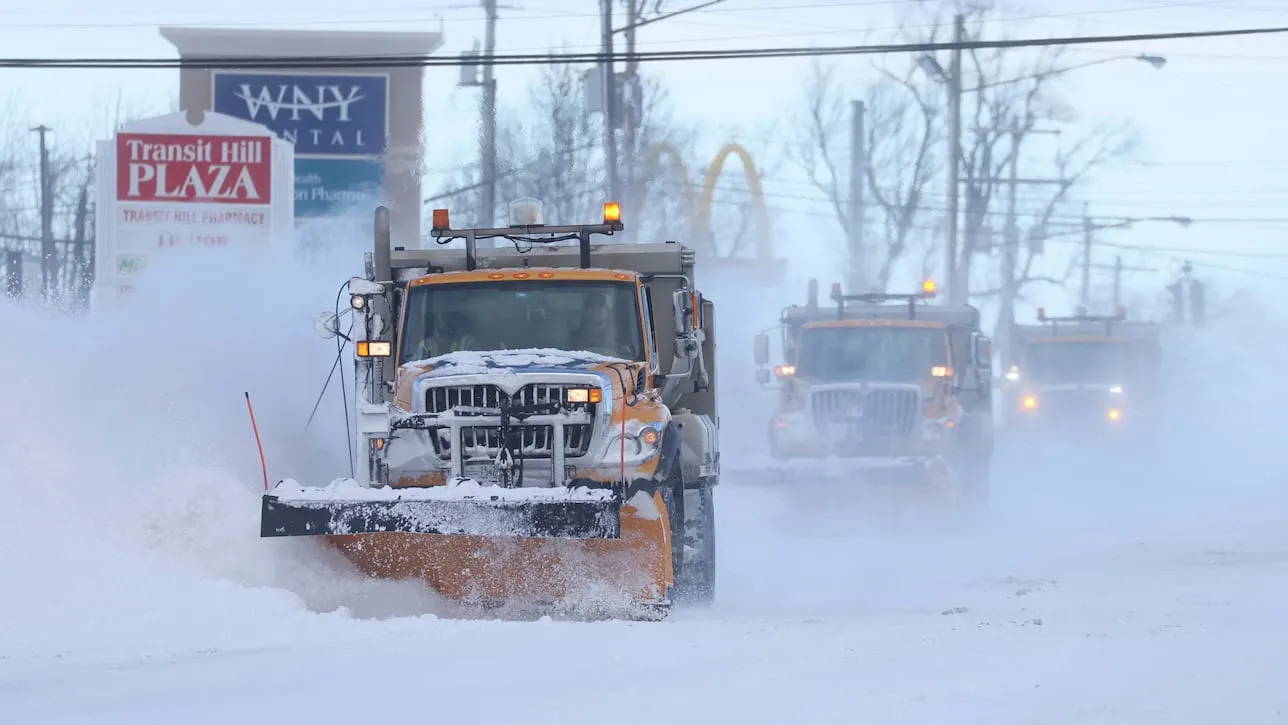Snow Squalls: The Hidden Winter Danger You Need to Know About!
Winter driving can transform from mundane to deadly in mere minutes, and few weather phenomena illustrate this more dramatically than snow squalls. These rapid, intense bursts of snowfall represent a serious yet often overlooked threat to public safety, catching even experienced drivers off guard with their sudden and severe characteristics.
What Exactly is a Snow Squall?
A snow squall is not your typical snowstorm. Unlike prolonged winter weather events, these short-lived meteorological phenomena are characterized by:
- Extremely brief duration (30-60 minutes)
- Intense snowfall
- Dramatically reduced visibility
- Strong, gusty winds
The National Weather Service describes snow squalls as “nature’s most deceptive winter hazard” – a description that perfectly captures their unpredictable and dangerous essence.
How Do Snow Squalls Form?
Meteorologically, snow squalls typically develop when strong cold fronts collide with existing atmospheric conditions. What makes them particularly treacherous is their ability to transform seemingly calm weather into a whiteout scenario within minutes.
“One moment you’re driving on clear roads, the next you’re in zero visibility conditions,” says meteorologist Dr. Emily Roberts. “The transition can be instantaneous.”
The Real-World Dangers
The most significant risk associated with snow squalls is their potential to create catastrophic traffic incidents. Visibility can drop to near-zero in seconds, leaving drivers with milliseconds to react. This sudden change frequently leads to multi-vehicle pileups and tragic accidents.
Key Hazards Include:
- Rapid temperature drops
- Instant road icing
- Extremely limited visibility
- Unpredictable wind patterns
What the Experts Recommend
The National Weather Service has developed specific protocols to help citizens stay safe:
- Monitor Weather Alerts: Pay close attention to Wireless Emergency Alerts (WEA)
- Delay Travel: If a snow squall warning is issued, avoid unnecessary trips
- Driving Tips:
- Reduce speed immediately
- Maintain significant distance from other vehicles
- Use low-beam headlights
- Avoid sudden braking
Historical Context and Impact
While snow squalls might seem like a recent phenomenon, they have a documented history of causing significant disruption. Multiple studies have shown that these events contribute to hundreds of winter-related traffic accidents annually.
Technological Advancements in Detection
Modern meteorological technology has significantly improved snow squall detection and warning systems. Advanced radar and satellite imaging now allow meteorologists to predict and track these events with increasing accuracy.
Personal Preparedness is Key
Knowledge is your best defense against the dangers of snow squalls. Understanding their characteristics, recognizing warning signs, and having a prepared response can mean the difference between a safe journey and a potential disaster.
Conclusion
Snow squalls represent a critical winter weather challenge that demands respect and preparedness. By staying informed, maintaining vigilance, and following expert recommendations, drivers can significantly reduce their risk during these sudden and dangerous weather events.
Stay safe, stay informed, and remember: when it comes to snow squalls, prevention is always better than reaction.
Disclaimer: Always consult local weather services and follow official guidance during severe weather conditions.






Leave a Comment